Cross These National Park UNESCO World Heritage Sites Off Both Your Bucket Lists
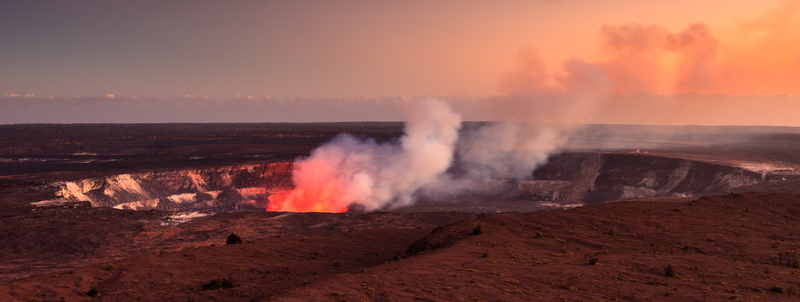
You may be familiar with the national park system, dubbed “America’s best idea” by writer and historian Wallace Stegner. But did you know that 11 national parks have the honor of being UNESCO World Heritage Sites, too? These places have been officially recognized by the United Nations for their outstanding value to all humanity. So, if you’re looking to kill two birds with one stone—hitting both your bucket lists at once—read on!
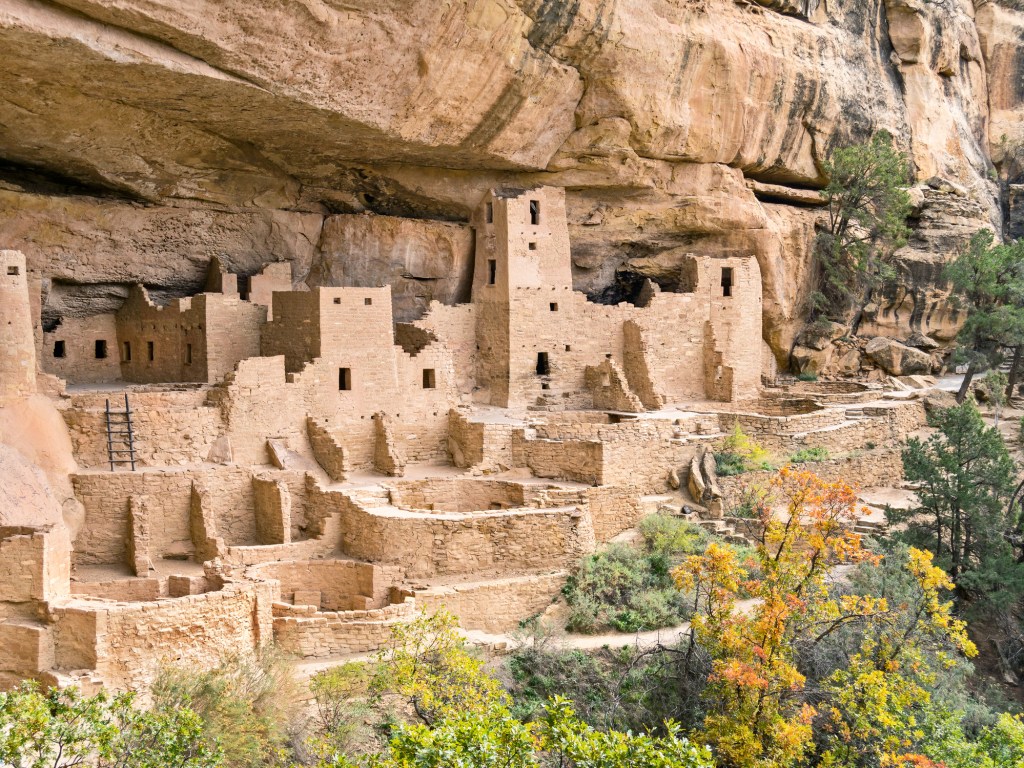
1. Mesa Verde National Park
Located in Colorado, Mesa Verde National Park is world-renowned for its preserved Puebloan cliff dwellings that illuminate the lives of the ancestral people who inhabited the region over 700 years ago. Visitors can explore the sandstone Cliff Palace and Balcony House while enjoying panoramic views of the surrounding mesas and canyons.
Date inscribed as a UNESCO World Heritage Site: 1978
2. Yellowstone National Park
Yellowstone National Park made history as the world’s first national park, established in 1872 before joining the ranks of UNESCO World Heritage Site more than 100 years later. It features the world’s largest concentration of geysers, including the iconic Old Faithful. Diverse wildlife ranges from bison and elk to wolves and grizzly bears.
Date inscribed as a UNESCO World Heritage Site: 1978
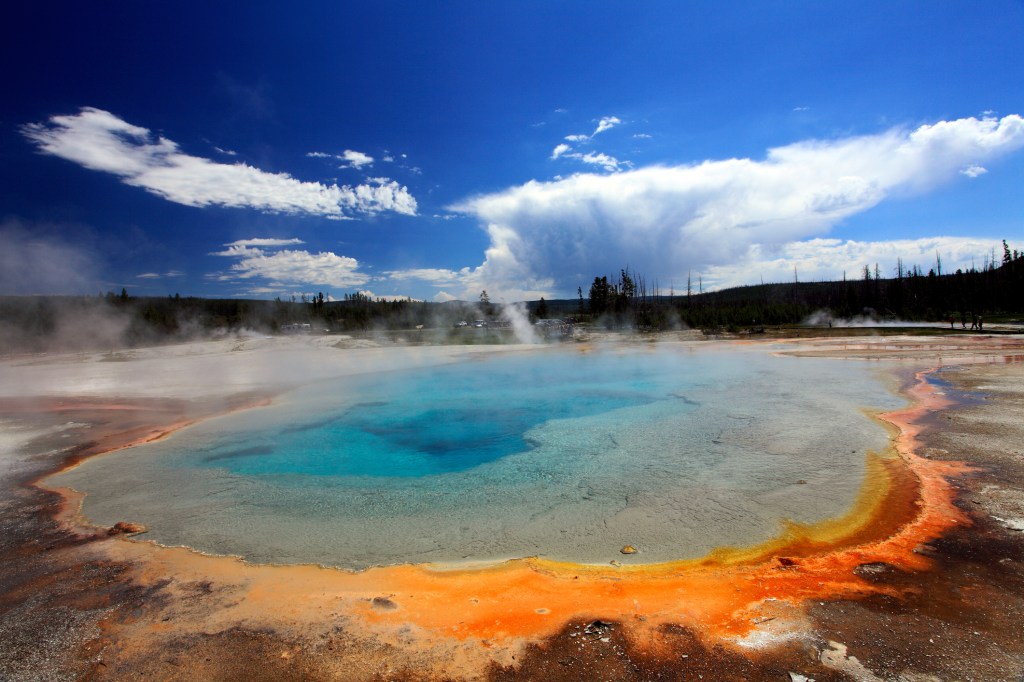
3. Everglades National Park
The Florida Everglades span more than 1.5 million acres, waterways that are best explored by kayak or airboat. The freshwater marshes, mangrove forests, and sawgrass prairies of the region are ideal sanctuaries for many birds and reptiles, as well as threatened species including the manatee.
Date inscribed as a UNESCO World Heritage Site: 1979
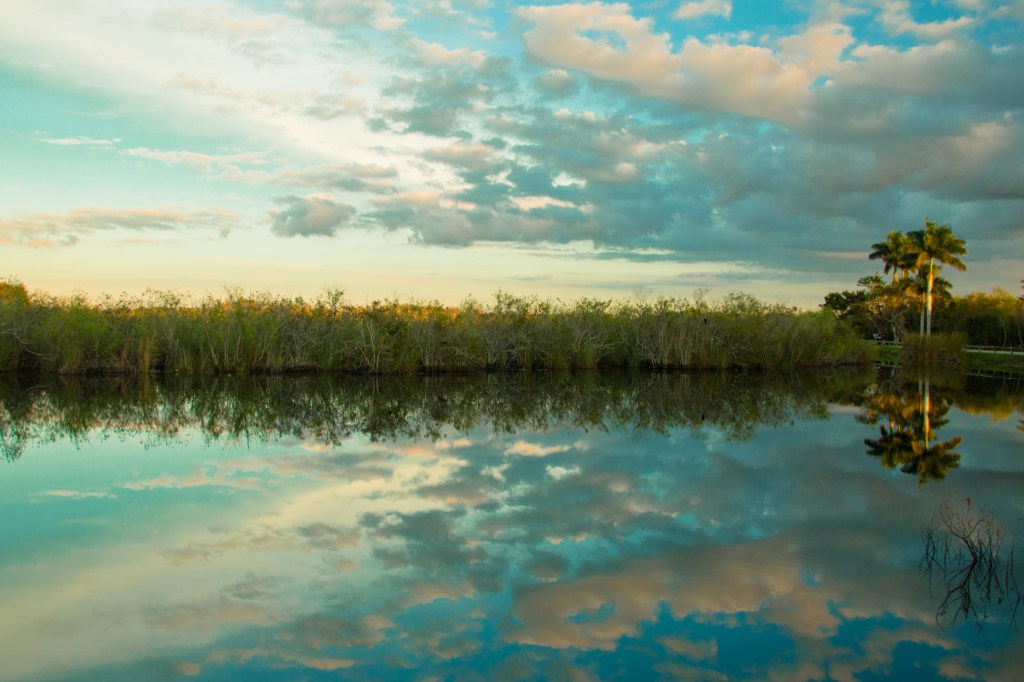
Start planning your national parks adventure
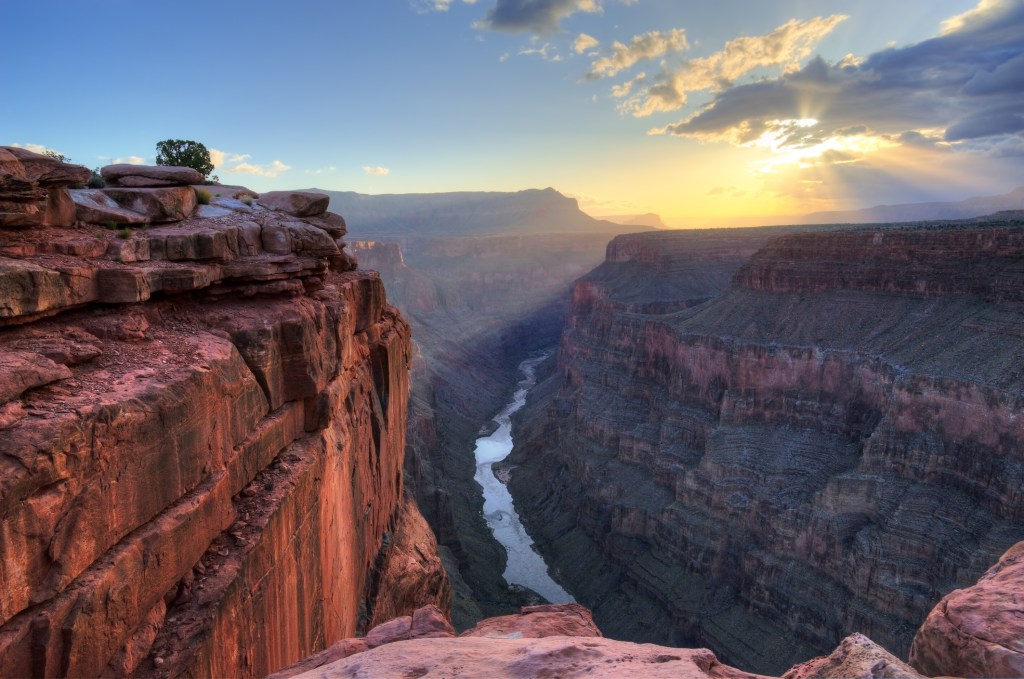
4. Grand Canyon National Park
Carved by the Colorado River across two billion years, the Grand Canyon is bar none the most spectacular gorge in the world. Stretching for over 270 miles, with depths of over one mile, it showcases stunning layers of colorful rock formations that come alive at sunrise and sunset.
Date inscribed as a UNESCO World Heritage Site: 1979
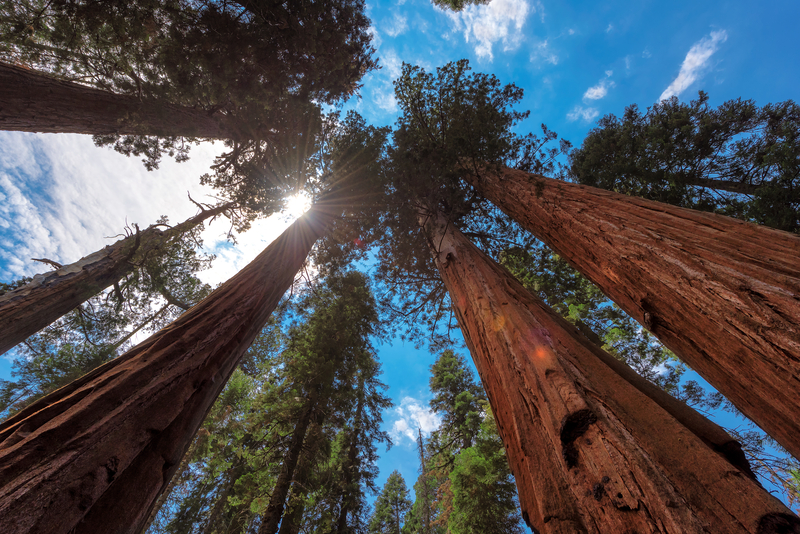
5. Redwood National and State Parks
True to its name, these parks’ primary feature is the coastal redwood forest, a group of trees that has existed for 160 million years—some of the tallest and oldest known trees in the world. Notable attractions include Fern Canyon, a deep gorge of moss-covered cliffs, and the Avenue of the Giants, a leisurely drive through a grove of towering redwoods.
Date inscribed as a UNESCO World Heritage Site: 1980
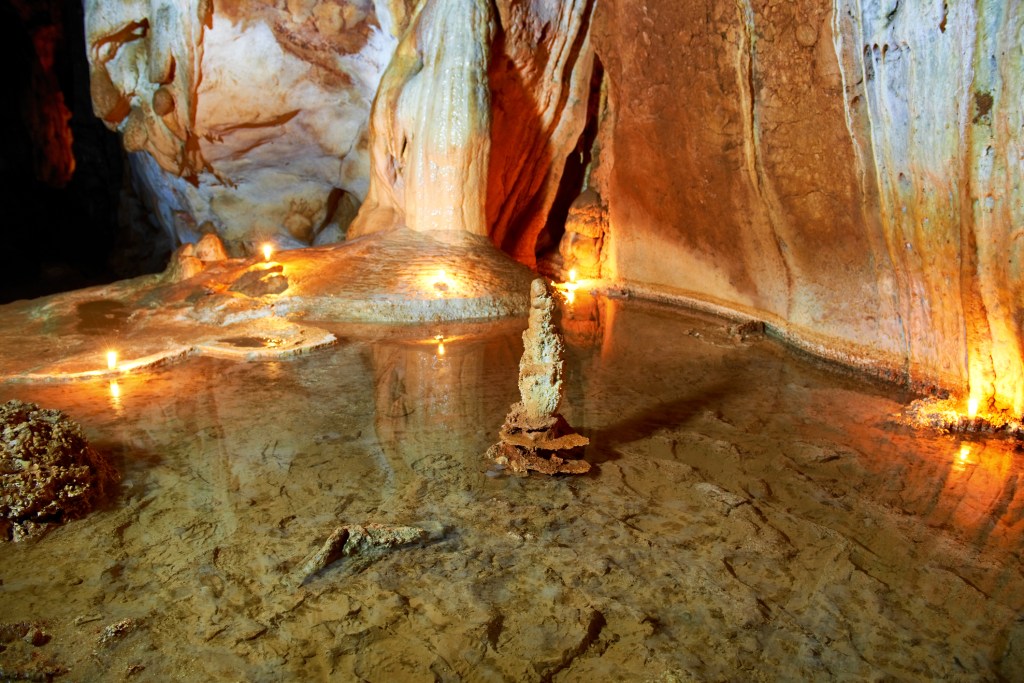
6. Mammoth Cave National Park
Mammoth Cave National Park, tucked away in central Kentucky, boasts the world’s largest network of natural caves and underground passageways. Visitors can embark on guided tours of these limestone formations and, aboveground, explore scenic hiking trails and river valleys teeming with diverse wildlife.
Date inscribed as a UNESCO World Heritage Site: 1981
7. Olympic National Park
Olympic National Park is renowned for the diversity of its ecosystems: from alpine meadows to glacier-clad peaks to an extensive old growth forest. The park includes more than 60 miles of wilderness coastline, the longest undeveloped coast in the contiguous United States, which supports critical populations of the endangered northern spotted owl, marbled murrelet, and bull trout, among others.
Date inscribed as a UNESCO World Heritage Site: 1981
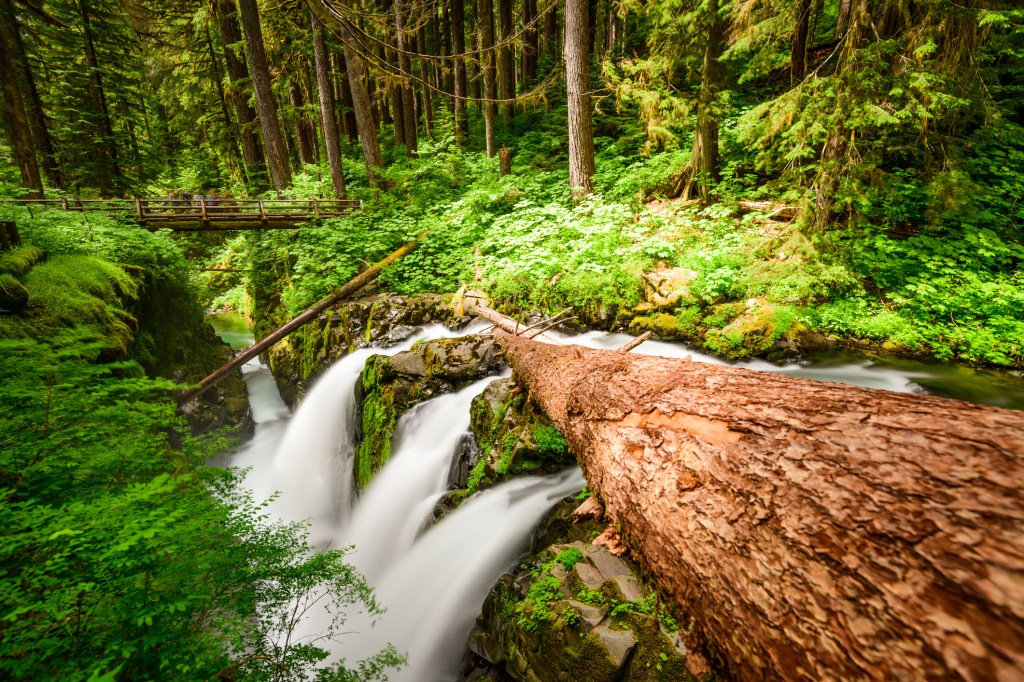
Olympic National Park © Sean Pavone | Dreamstime.com
8. Great Smoky Mountains National Park
Great Smoky Mountains National Park, set in the heart of the Appalachian Mountains, is the most visited national park in the United States. Its mist-shrouded peaks and lush forests photograph strikingly well in the fall—and many visitors may not know that it’s home to almost as many trees (130 distinct species) as all of Europe!
Date inscribed as a UNESCO World Heritage Site: 1983
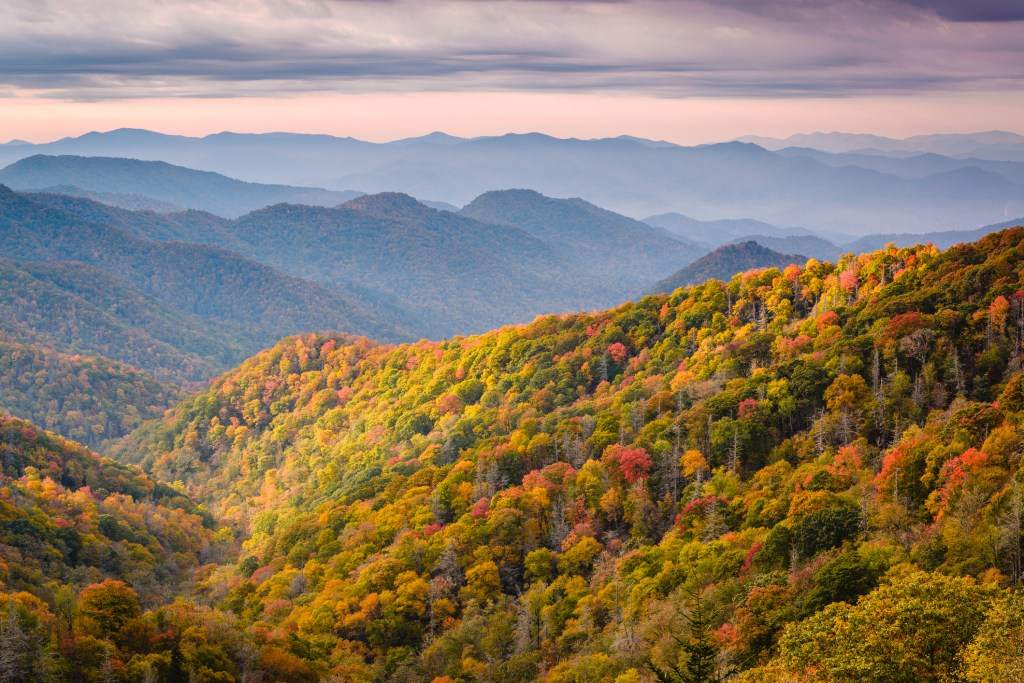
Newsletter Signup
By clicking ‘Sign Up,’ I acknowledge that I have read and agree to Hachette Book Group’s Privacy Policy and Terms of Use
9. Yosemite National Park
Yosemite National Park, nestled in the Sierra Nevada Mountains, has it all: towering granite cliffs, cascading waterfalls, and ancient sequoia trees. Home to iconic landmarks like Half Dome and El Capitan, it offers world-class hiking and rock climbing opportunities as well as beautiful strolls through its meadows and valley floors.
Date inscribed as a UNESCO World Heritage Site: 1984
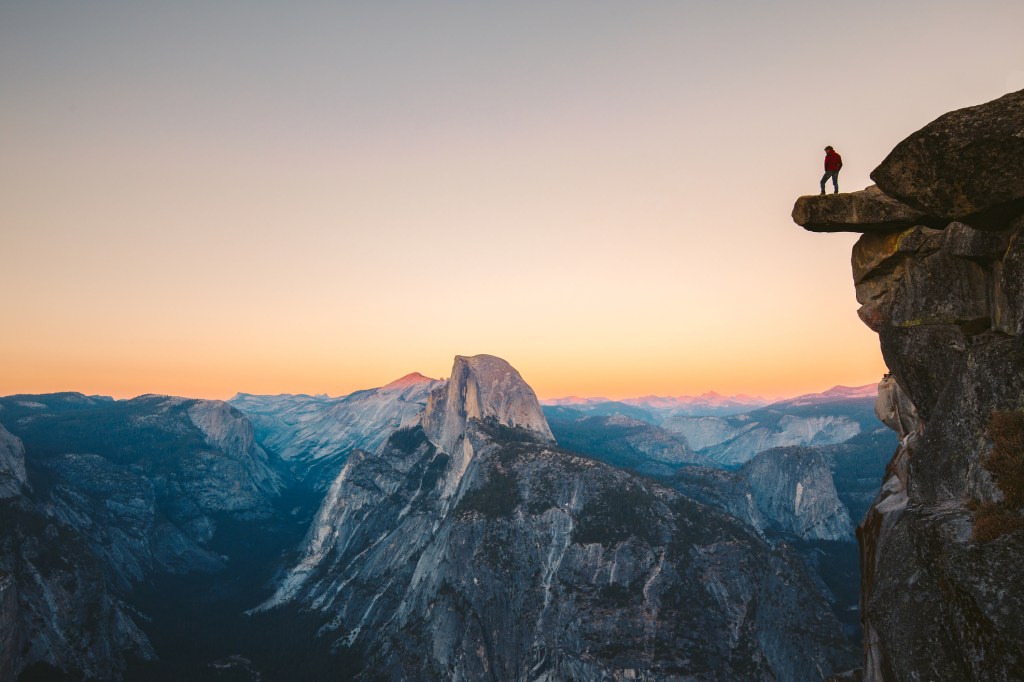
10. Hawaii Volcanoes National Park
Hawaii Volcanoes National Park is located on the Big Island and home to two of the most active volcanoes in the world, Mauna Loa and Kilauea. Their eruptions have already reshaped (and will continue to dramatically reshape) the land for years to come. Petroglyphs and historic Hawaiian villages within the park offer insight into the island’s rich heritage.
Date inscribed as a UNESCO World Heritage Site: 1987
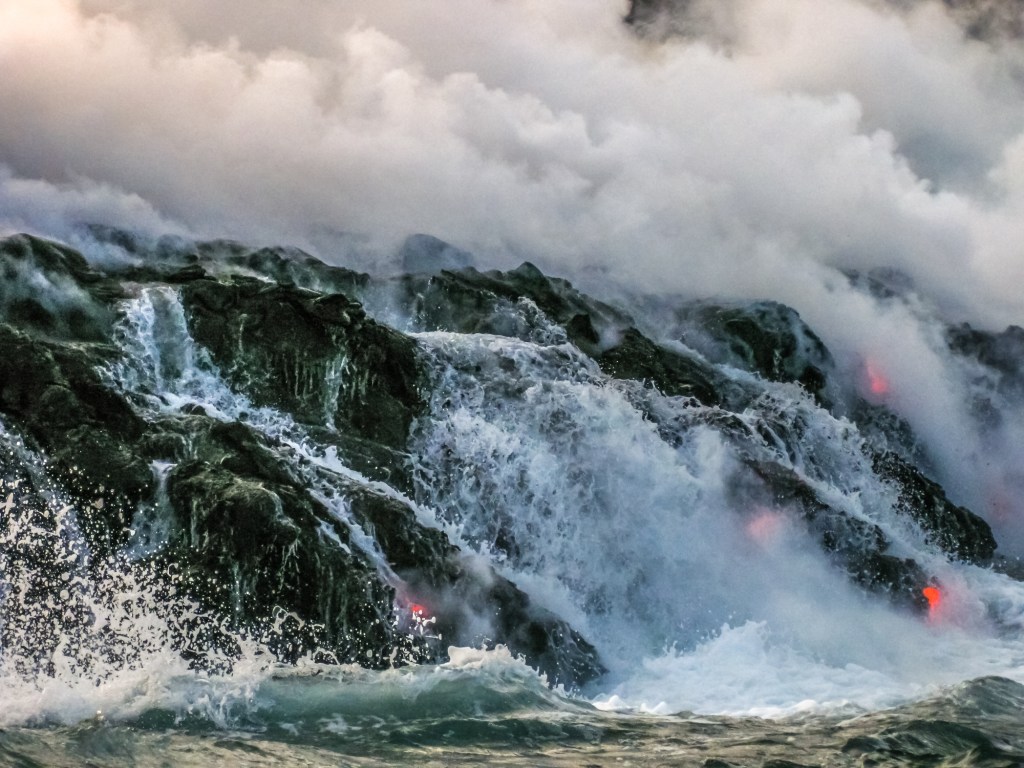
11. Carlsbad Caverns National Park
New Mexico’s Carlsbad Caverns National Park encompasses more than 80 caves, noteworthy for their size as well as their beauty, diversity, and sheer profusion. The park’s most famous feature, the Big Room, is one of the largest cave chambers in the world, offering a breathtaking display of otherworldly limestone.
Date inscribed as a UNESCO World Heritage Site: 1995
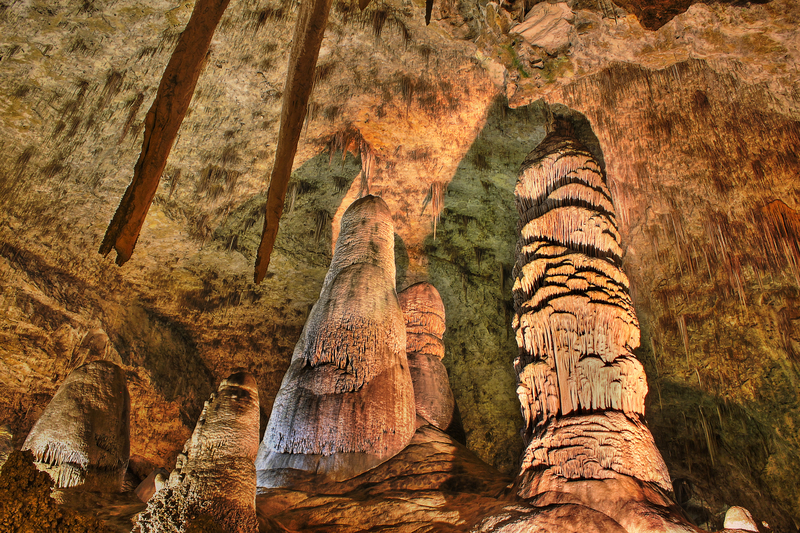
What to read next…
Pin it for later


Learn more
This lush, photo-driven guide introduces 50 of the most magnificently biodiverse places around the world, revealing not only their physical beauty but also celebrating the flora and fauna that make them unique.
Did you know that Kakadu National Park in Australia boasts some of the oldest exposed rock on the planet and is known to have been inhabited continuously for over 40,000 years? That Lake Malawi contains the largest number of fish species of any lake in the world—over 3,000? Or that the tiny Madeiran archipelago off the coast of Northern Africa is the last vestige of the original majestic laurel forests that once covered most of Southern Europe? Published in partnership with UNESCO World Heritage, Our Natural World Heritage showcases 50 of the planet’s most beautiful and biodiverse landscapes, each identified as a site of outstanding universal value and an irreplaceable source of life and inspiration. Over 900 color images and evocative, accessible text reveal what makes each site unique, through an exploration of its flora, fauna, and natural history. This is awe-inspiring natural beauty that belongs to us all.







